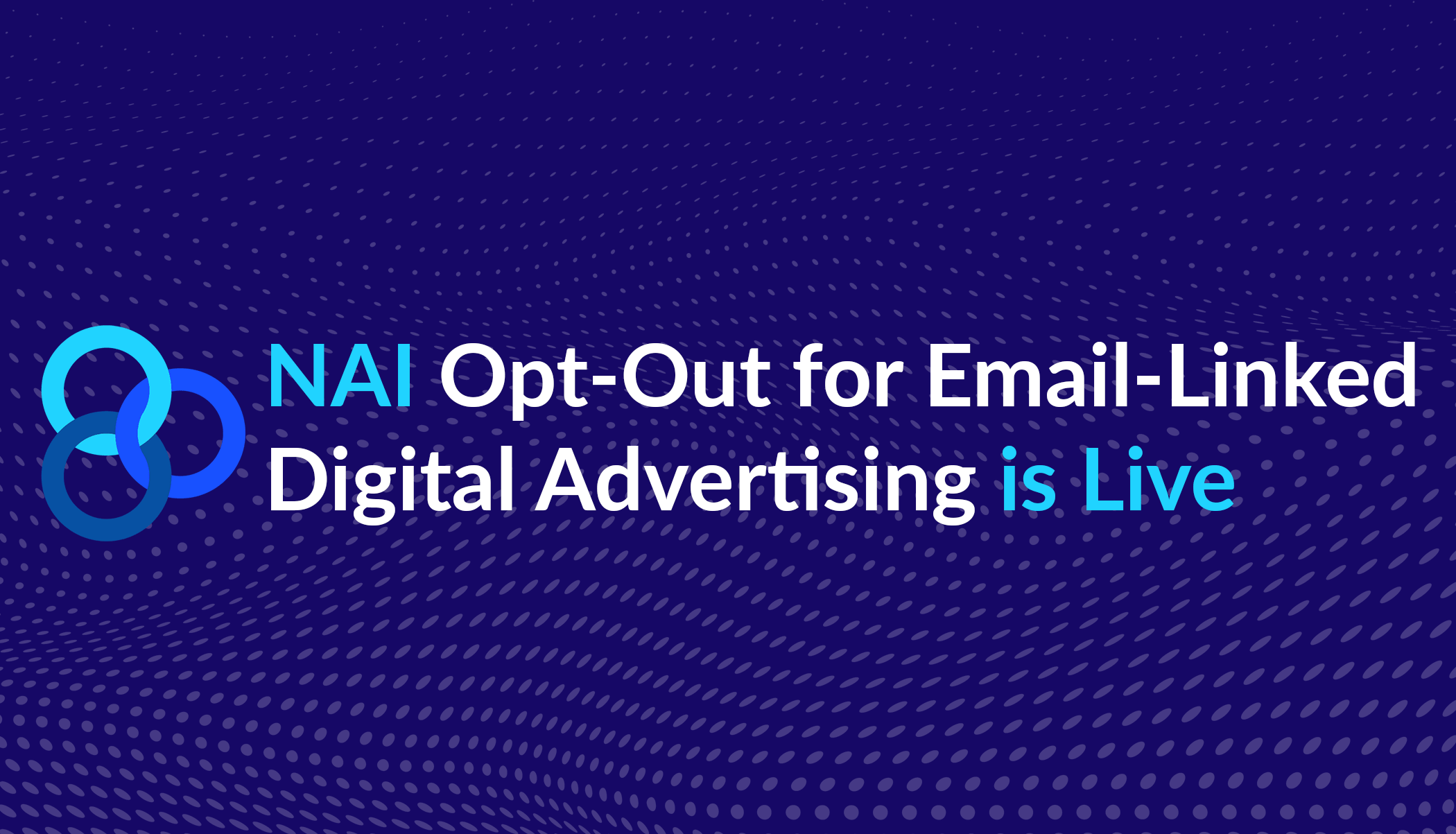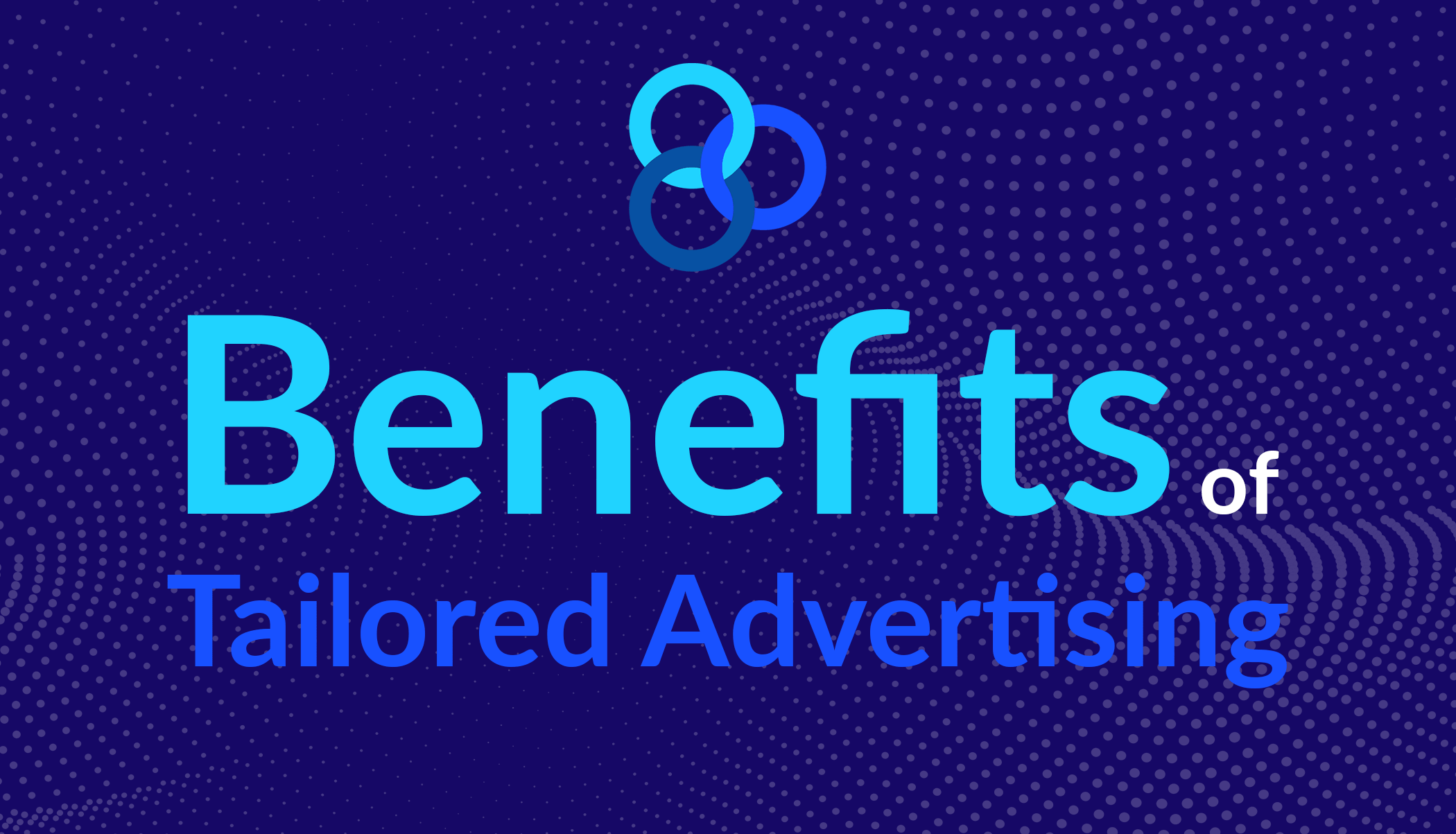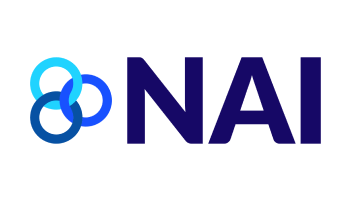The NAI Continues to Lead Industry in Health Privacy with Publication of New Health Targeting Guidance
The NAI is opening what promises to be a busy year with new guidance on health-related ad targeting. The NAI has long imposed and enforced restrictions on the use of Sensitive Data for Tailored Advertising with the understanding that while targeted ads help to fund a robust and diverse Internet and provide users with relevant ads, a user’s engagement with certain limited types of content may not always be appropriate for Tailored Advertising. For example, research about potential cancer treatments while at home on a personal device may not be appropriate for Tailored Advertising. Additionally, the placement of web browsers or devices into audience segments labeled with sensitive conditions to be used for ad targeting could also negatively affect a user’s privacy, especially if such segments were to be misused or accessed without authorization. This practice is prohibited by the NAI Code of Conduct without a consumer’s Opt- In Consent.
Of course, many users are genuinely interested in products and treatments for their health or medical conditions and may also be interested in receiving Tailored Advertising for such products or treatments. Accordingly, the NAI provides those users with an opportunity to opt in to such advertising, described in a clear and conspicuous notice, through an affirmative action that manifests this intent.
The NAI’s opt-in requirements regarding the use of medical or pharmaceutical records are clear, as are restrictions against inferences that a user may have a sensitive health condition based on browsing or mobile app activity. In fact, these restrictions have created a strong incentive for ad-tech companies to avoid targeting users based on Sensitive Data. However, there is a long history, and a legitimate need for continued marketing of medical treatments or medications to consumers who may benefit from and wish to see these ads. The NAI’s new guidance establishes a clear framework to enable efficient marketing, while still prohibiting the selection of ads based on inferred interest in a sensitive health or medical condition, such as a specific inference based on a user’s prior engagement with a given website or mobile application.
Many advertisements may be targeted only based on general demographic factors such as age or gender. For example, a pharmaceutical company may advertise a treatment for a condition primarily affecting women, such as breast cancer, which would be considered as sensitive under the Code. In this case, the inference made in targeting such an advertisement would not be that the audience has the condition in question, or has expressed any interest in it, but rather, simply that the target audience is composed of women. Ad targeting based on demographic factors such as age or gender is an effective way to allow users to receive ads that are relevant to them while at the same time preserving users’ privacy.
However, the NAI is mindful of the fact that in some cases, if various demographic factors are combined and overlaid with additional information, such as an individual’s web browsing, app use, shopping history, or Precise Location Information, it can become much more specific and precise. The NAI’s new guidance is intended to close any potential loopholes that would allow member companies to make an inference that a user actually has, or is likely to have, a certain health or medical condition or treatment, under the guise of demographic targeting.
This guidance document also provides additional clarity as to what types of modeled audiences are considered non-sensitive by the NAI, regardless of the conditions they address, based on the size of the target audience, the type of targeting criteria involved, and the nomenclature used in segmenting audiences into such groups.
Effectively, this guidance document clarifies that the NAI staff will consider a health-related audience segment to be non-sensitive under the NAI Code, even if it is intended to target a potentially sensitive health condition, if the segment includes at least ten percent of the total population, is based only on demographic data, and is labelled with its actual demographic composition.
Importantly, even for the use of non-sensitive audience segments detailed in this guidance, NAI members must comply with the transparency requirements in the NAI Code and provide full public disclosure of all “standard” or “off-the-shelf” audience segments used for health-related Tailored Advertising and a representative sample of “custom” audience segments used for the same purposes.
The NAI will remain vigilant and proactive in this space, and will continue to lead digital advertising companies in its efforts to enhance consumer trust and privacy with regard to Sensitive Data while ensuring the Internet remains free and vibrant for all users.








